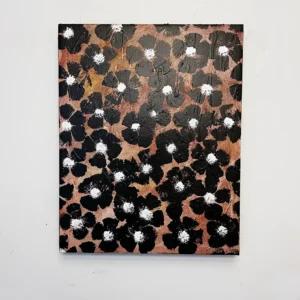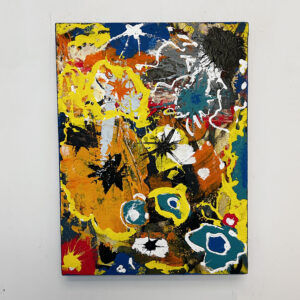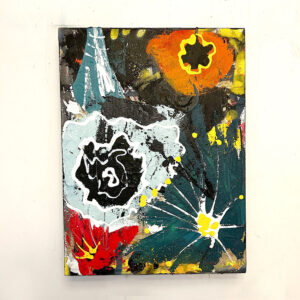Pittsburgh has a dynamic community of sculptors, each chiseling away at the city’s artistic landscape, leaving behind a legacy of three-dimensional wonders. Pittsburgh’s artists and sculptors bring forth a diverse range of styles, materials, and inspirations, contributing to a cityscape that reflects both the industrial heritage and contemporary spirit. Delve into the world of Pittsburgh artists who sculpt, exploring the stories told in bronze, steel, and stone.
- Forged in Steel: The Industrial Heritage: Pittsburgh’s history as an industrial powerhouse is deeply intertwined with its sculptural landscape. Steel, a material synonymous with the city’s identity, is not only a symbol but a medium through which artists like Raymond Kaskey and Thaddeus Mosley have crafted monumental sculptures. Mosley, renowned for his large-scale wooden creations, transforms local materials into timeless expressions of form and movement, while Kaskey’s bronze statues pay homage to the workers who shaped Pittsburgh’s industrial legacy.
- Allegheny Commons Sculpture Park: The Allegheny Commons Sculpture Park stands as a testament to the city’s commitment to integrating art into public spaces. This open-air gallery features works by local sculptors such as James Simon and Dee Briggs, providing a serene backdrop for residents and visitors alike. Simon’s abstract steel sculptures evoke a sense of movement and fluidity, while Briggs’ installations often incorporate natural elements, blurring the lines between art and the environment.
- Contemporary Voices in Sculpture: Pittsburgh’s sculptors are not bound by tradition; they are innovators pushing the boundaries of form and function. Among them is Therman Statom, whose glass sculptures challenge preconceived notions of fragility and strength. Statom’s work, displayed at the Pittsburgh Glass Center, brings a contemporary twist to the city’s sculptural narrative, reminding viewers of the fluidity and adaptability inherent in artistic expression.
- Site-Specific Installations: Many Pittsburgh sculptors engage in site-specific installations that respond to the unique characteristics of the spaces they inhabit. Carin Mincemoyer, known for her interactive and playful sculptures, often incorporates elements of surprise and whimsy into her public installations. These sculptures not only engage the viewer visually but also invite participation, fostering a deeper connection between the artwork and its surroundings.
- Gateway to the Arts: Pittsburgh’s bridges and gateways serve as more than just functional structures; they are also canvases for sculptural expression. Artists like James O’Toole and Susan Wagner have contributed to the city’s bridge adornments, creating sculptures that blend seamlessly with their surroundings. These monumental works transform Pittsburgh’s gateways into welcoming portals that celebrate creativity and artistic diversity.


